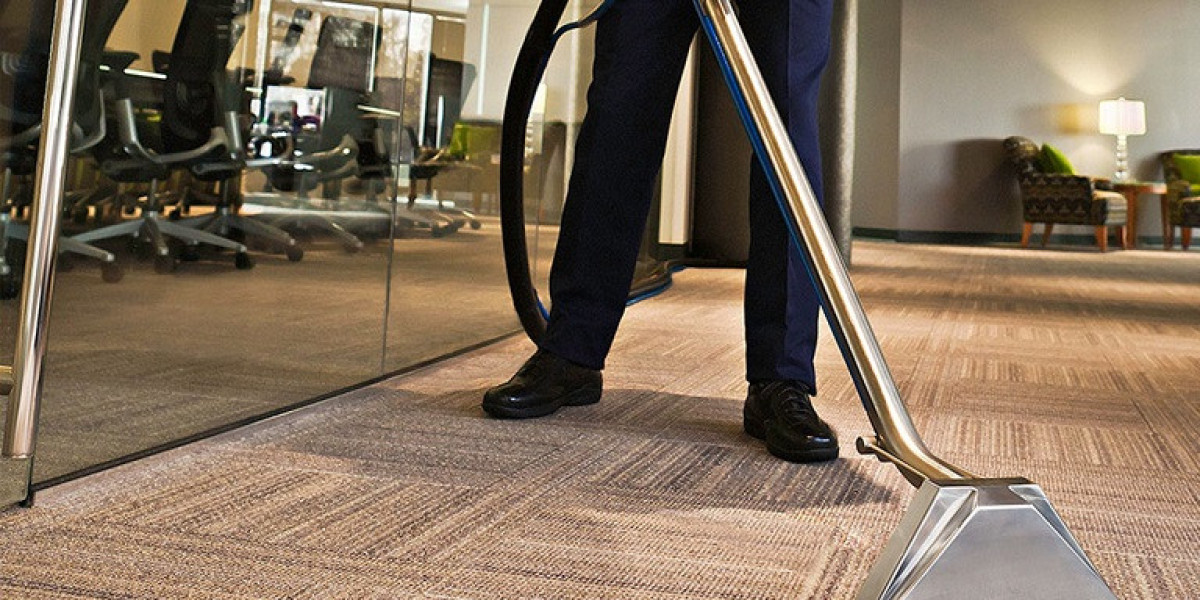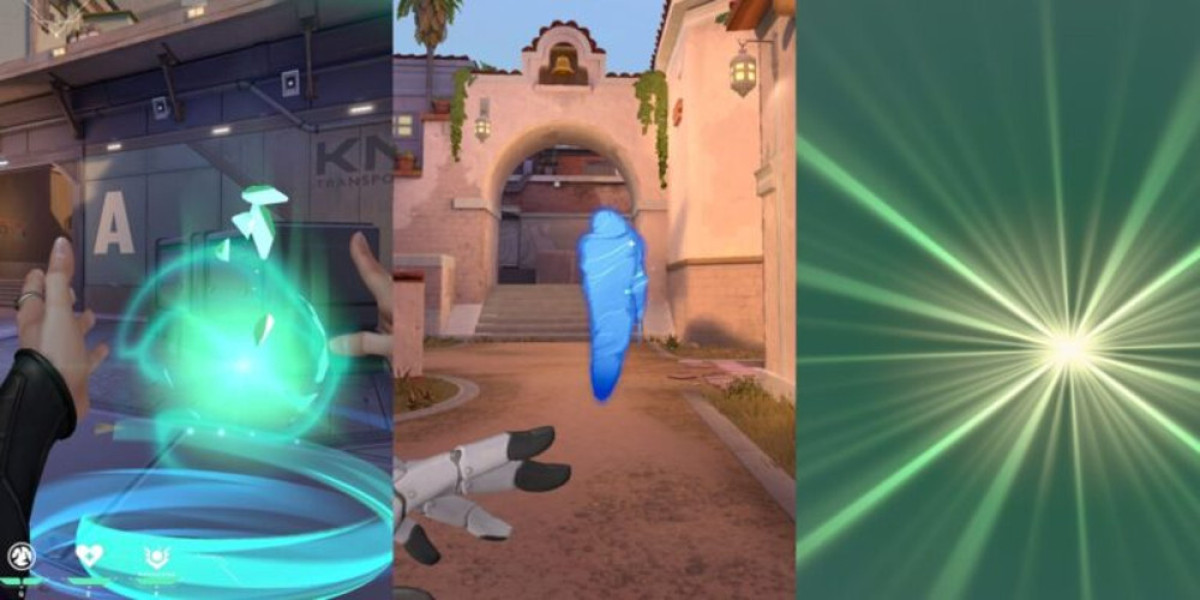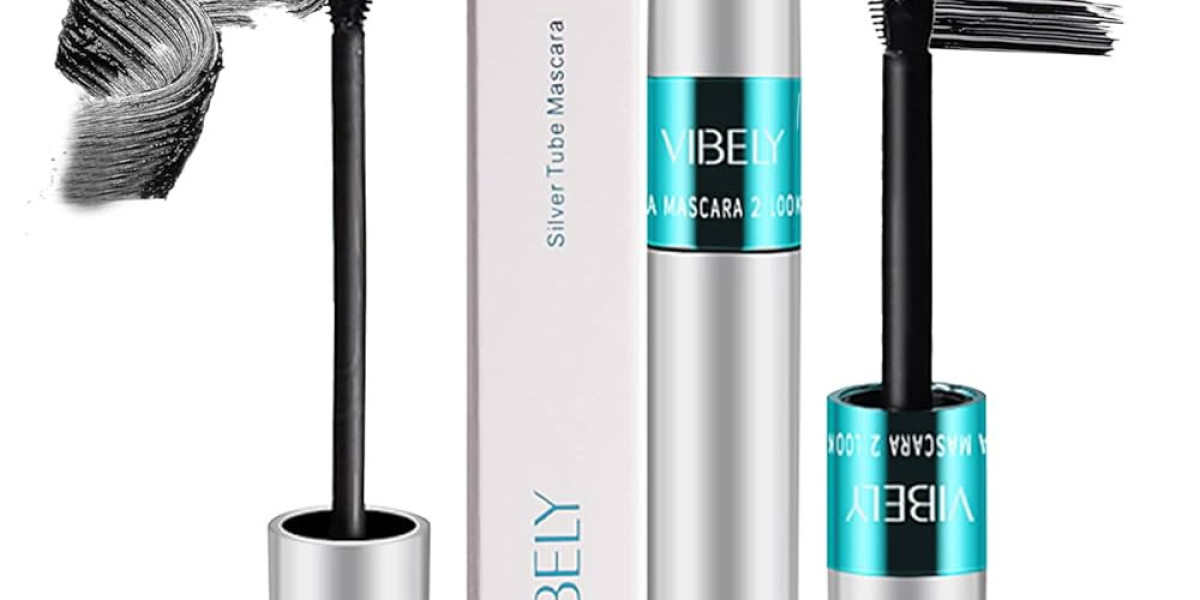Glass filled PTFE (Polytetrafluoroethylene) is a high-performance composite material that combines the exceptional chemical resistance and low friction of PTFE with enhanced mechanical strength, dimensional stability, and wear resistance provided by the addition of glass fibers. Typically, glass fibers are added in concentrations ranging from 5% to 40% by weight, with 15% and 25% being among the most commonly used formulations. The glass filled PTFE is a versatile and robust engineering material that extends the functional capabilities of conventional PTFE.
The base polymer, PTFE, is known for its non-stick properties, chemical inertness, high thermal resistance, and low coefficient of friction. However, pure PTFE is relatively soft and prone to creep and deformation under mechanical stress or high temperatures. The incorporation of glass fibers significantly mitigates these limitations. Glass fibers do not chemically react with PTFE but serve as reinforcement, improving the composite’s compressive strength, tensile strength, hardness, and resistance to deformation over time.
One of the key benefits of glass filled PTFE is its enhanced wear resistance and dimensional stability, especially under load and at elevated temperatures. It also offers improved resistance to extrusion and abrasion, making it ideal for dynamic applications where mechanical stress and movement are frequent. Furthermore, the material retains PTFE’s excellent thermal stability, performing well across a broad temperature range, typically from -200°C to +260°C. It also maintains good electrical insulation properties, although slightly reduced compared to pure PTFE due to the presence of the glass filler.
Glass filled PTFE is widely used in industries such as aerospace, automotive, chemical processing, and electronics. Common applications include seals, gaskets, piston rings, valve seats, bushings, and wear strips. It is particularly suited for situations that involve aggressive chemicals, high pressures, or elevated operating temperatures. In dynamic sealing applications, it offers extended service life and consistent performance due to its reduced tendency to cold flow and creep.
Despite its advantages, the addition of glass fibers makes the material more abrasive, which can lead to increased wear on mating surfaces. Therefore, component design and material compatibility should be carefully considered in high-precision or high-speed applications.








